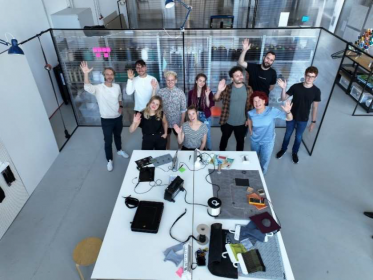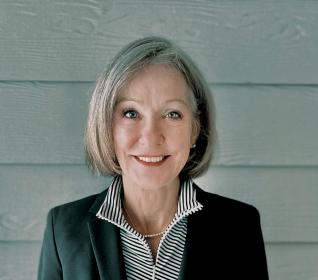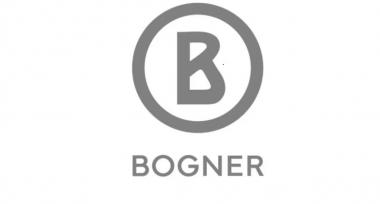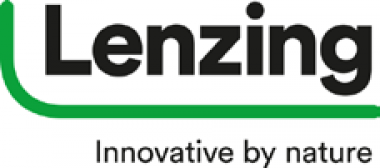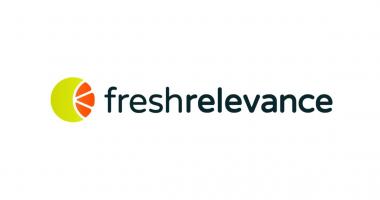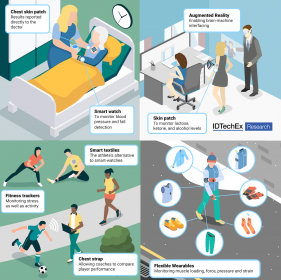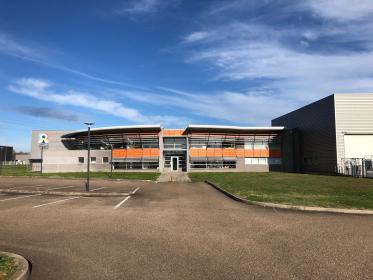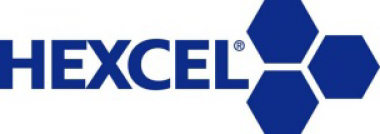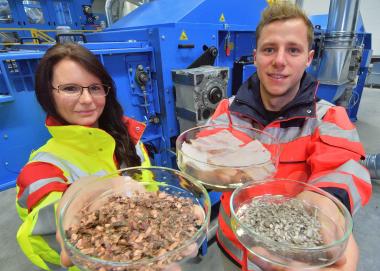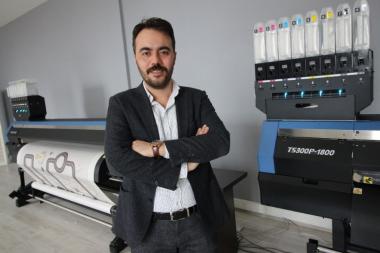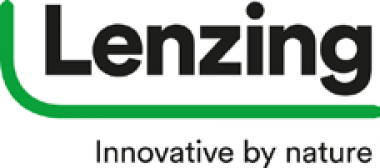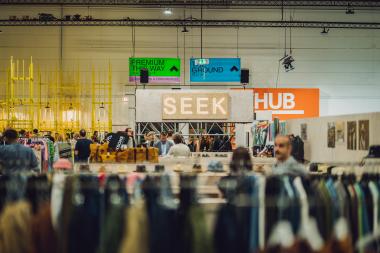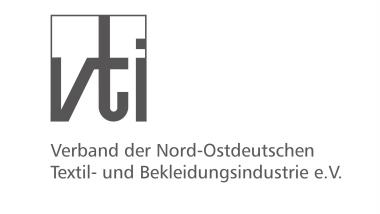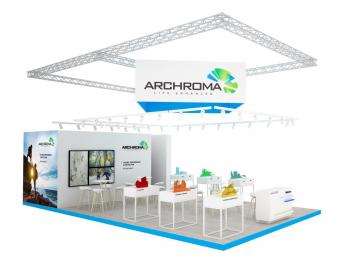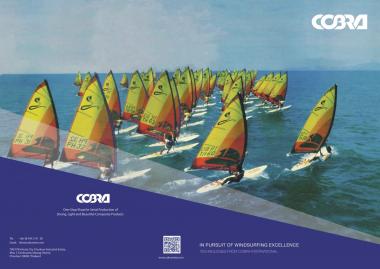futureTEX: Video soll Interesse von jungen Menschen an Technischen Textilien wecken
Als interdisziplinäres Kompetenznetzwerk aus Industrie- und Forschungspartnern ist futureTEX 2014 gestartet, um den Wandel der traditionsreichen Textilbranche im Zeitalter der Digitalisierung zu einem zukunftsfähigen Industrieplayer zu gestalten. Dazu wurden Technische Textilien (TechTex) mit innovativen Produkten, Technologien, Organisationsformen und Geschäftsmodellen erforscht. Bis Ende 2022 werden die letzten Projekte abgeschlossen sein. Für futureTex Anlass genug, um jetzt nochmals Bilanz zu ziehen und in einem Video insbesondere der jungen Generation das Anliegen des Projektes näher zu bringen. Mit der Zielsetzung, die Anwendungen von Technischen Textilien, Beispiele für futureTEX-Ergebnisse, den Nutzen und die Nachhaltigkeit des Projektes zu verdeutlichen, entstand ein Kurzvideo, das die Textilbranche, Nachwuchs, Partner und Multiplikatoren ansprechen soll.
Dazu wird die Geschichte einer Auszubildenden erzählt, die eine Facharbeit zur Zukunft der Technischen Textilien schreibt und bei der Recherche im Internet die Webseite von futureTEX findet. Über die Kontaktanfrage kommt sie mit einem Mitarbeiter des Sächsischen Textilforschungsinstitutes e.V. (STFI) ins Gespräch und dieser schickt ihr verschiedene Videos zur Entwicklung und Produktion Technischer Textilien zu. Schließlich lädt er sie in ein Entwicklungslabor zur Textilfabrik der Zukunft ein, um die Zukunft der Branche der Technischen Textilien live zu erleben.
Die Story spielt bei drei ausgewählten Akteuren des futureTEX-Projektes und beginnt im Textile Prototyping Lab in Berlin am Pop-Up Lab im Fraunhofer-Institut für Zuverlässigkeit und Mikrointegration, IZM. Hier werden auch zukünftig Forscher, Designer und Industrie-Akteure frühzeitig zusammengebracht, um gemeinsam an neuen Produkten und Ideen zu arbeiten. Im Unternehmen Norafin Industries (Germany) GmbH in Mildenau im Erzgebirge wird die Produktion von hochwertigen wasserstrahlverfestigten und vernadelten Vliesstoffen erlebt und in der Textilfabrik der Zukunft am STFI wird dargestellt, wie Industrie 4.0 in der Textilindustrie aussehen kann. Am Demonstrator einer Spielmatte wird anschaulich gezeigt, wie eine vernetzte Produktion mit Robotern, fahrerlosen Transportsystemen und Ortungssystemen funktioniert.
Sächsisches Textilforschungsinstitut e.V. (STFI) / P3N MARKETING GMBH


